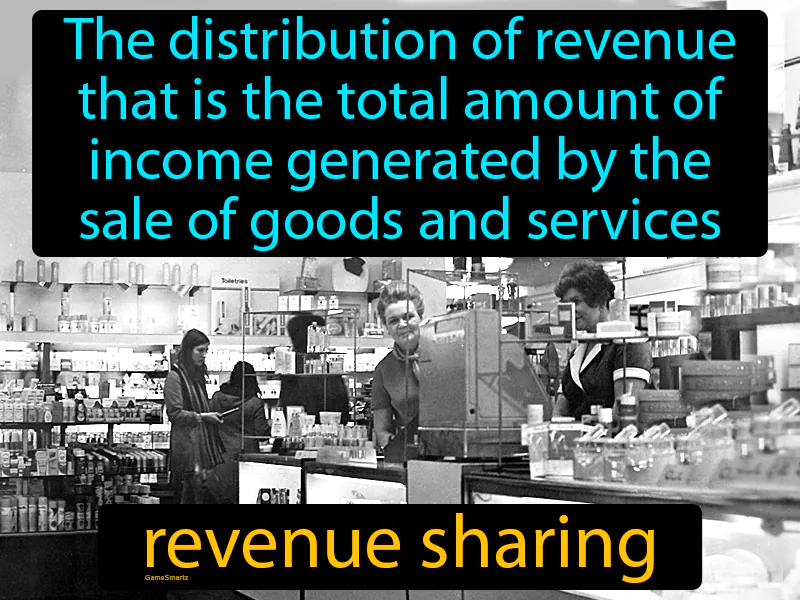Revenue Sharing

During the period of A Crisis in Confidence (1968-1980), revenue sharing was introduced as a way for the federal government to distribute funds to state and local governments, allowing them more flexibility to address local needs. This concept responded to the growing demand for local control over spending and decision-making, as citizens felt disconnected from a large, centralized government. It was important because it aimed to restore trust in government by empowering local entities to address specific community issues like education and infrastructure. Today, revenue sharing remains relevant as it can impact local budgets and services, such as funding for public schools and community projects. For instance, if a town receives more revenue sharing funds, it might improve its public parks, directly benefiting community members who enjoy outdoor activities.
Practice Version

Revenue Sharing: Is the distribution of revenue among the stakeholders or contributors. Revenue sharing. In history, revenue sharing refers to the way profits or income are divided among those involved in creating the revenue, such as sharing taxes between federal and state governments in the U.S. during the 1970s.